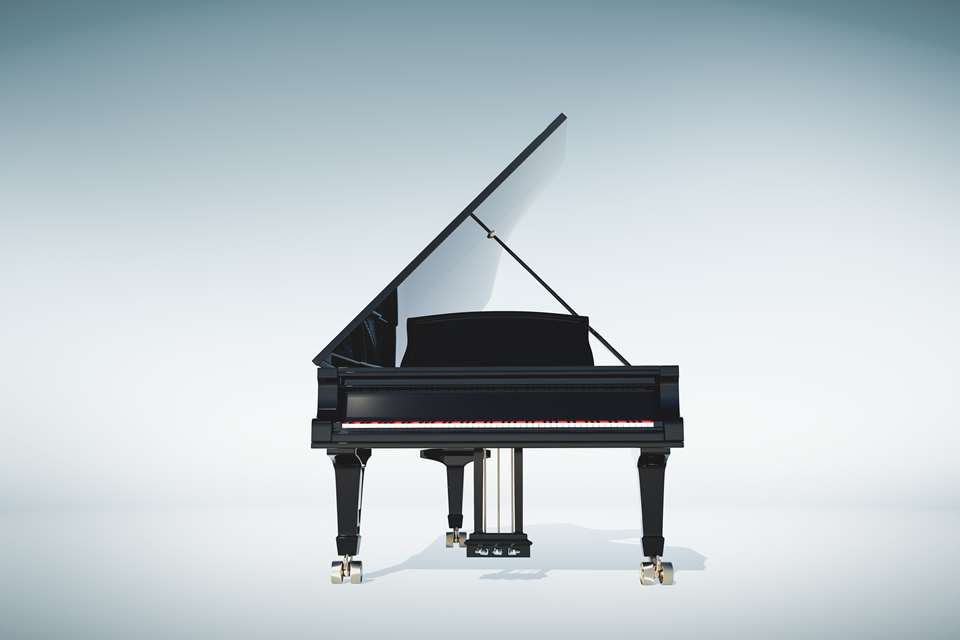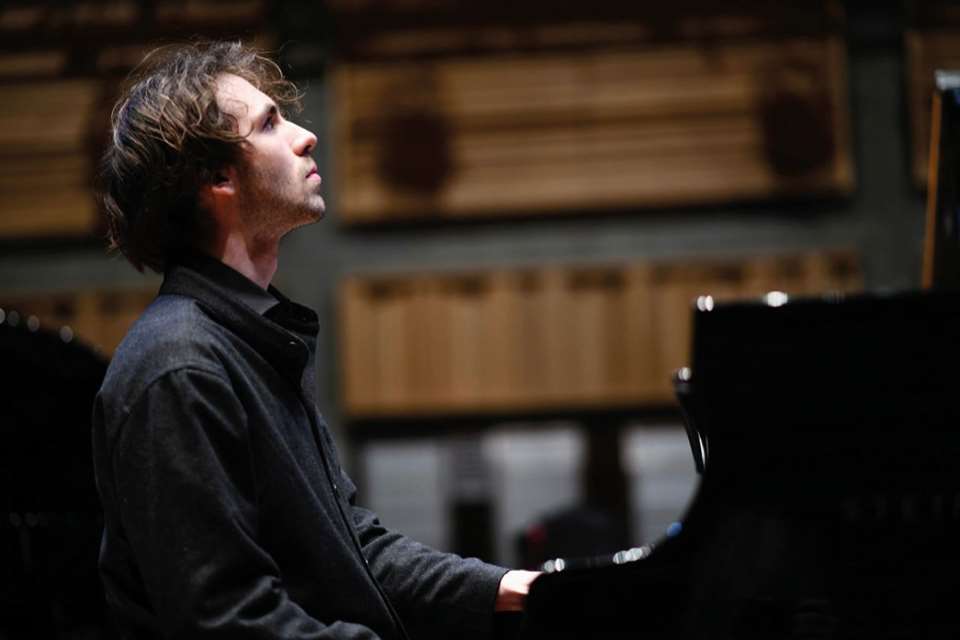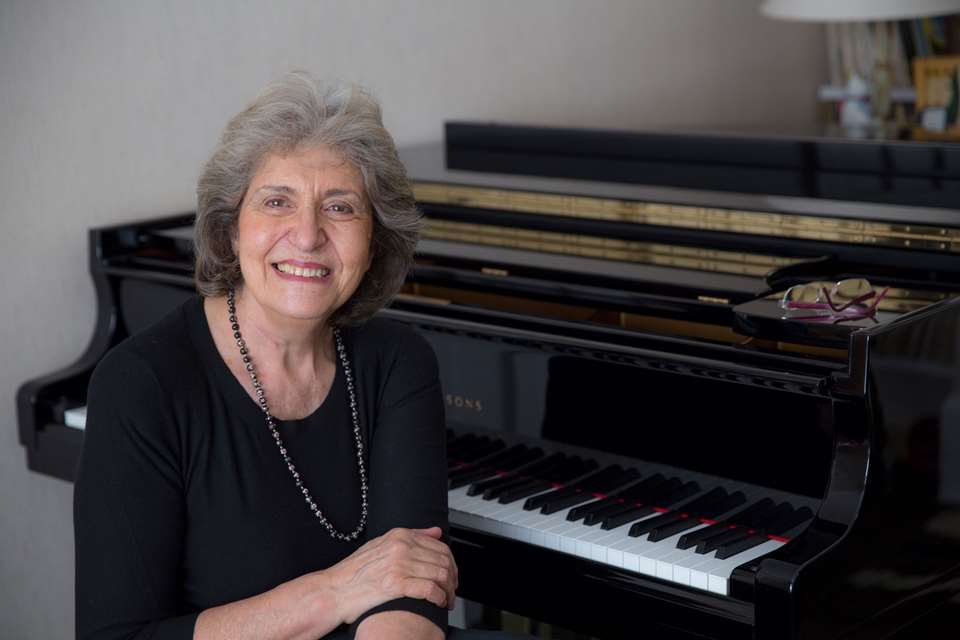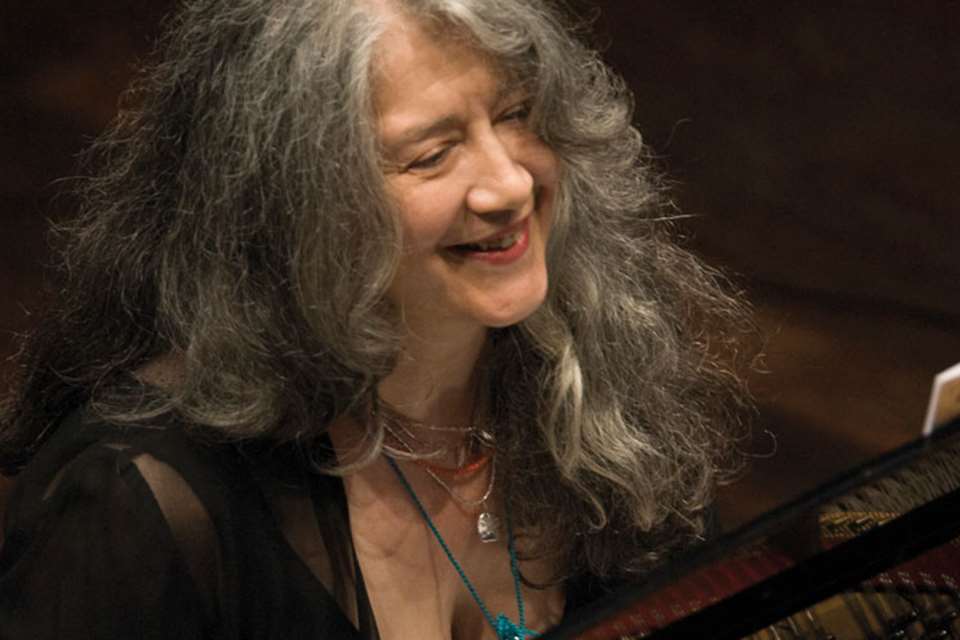Lili Kraus: an introduction to the icon of the piano
Patrick Rucker
Tuesday, July 5, 2022
Patrick Rucker explores the career of the Hungarian-born pianist Lili Kraus, who left a significant recorded legacy
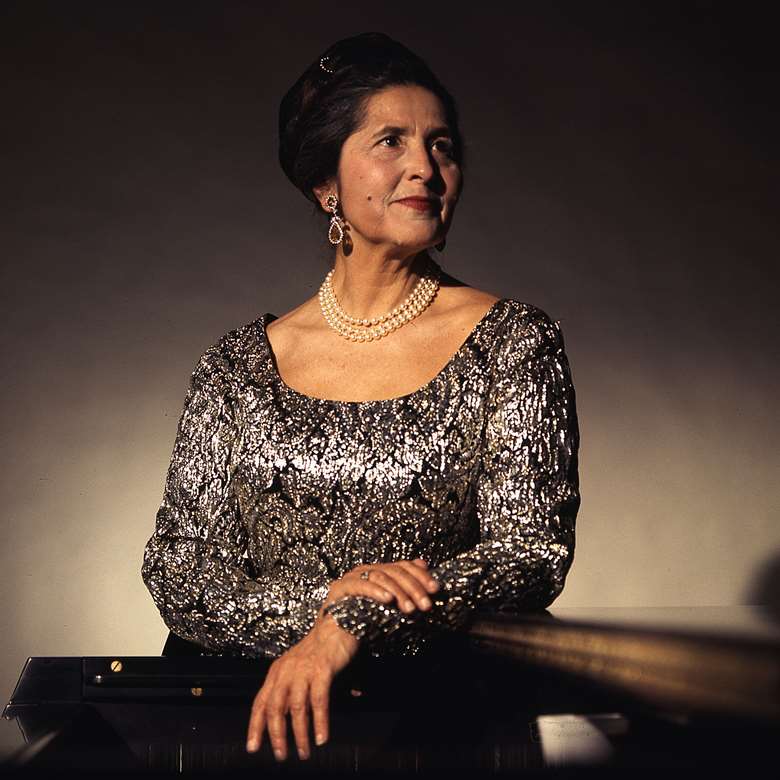
Register now to continue reading
Thanks for exploring the Gramophone website. Sign up for a free account today to enjoy the following benefits:
- Free access to 3 subscriber-only articles per month
- Unlimited access to our news, podcasts and awards pages
- Free weekly email newsletter




